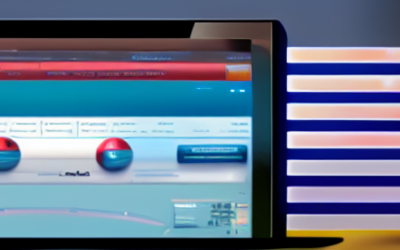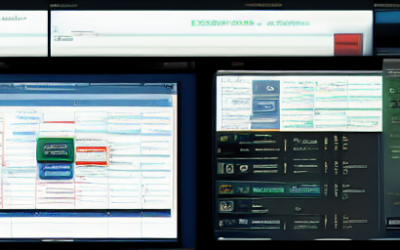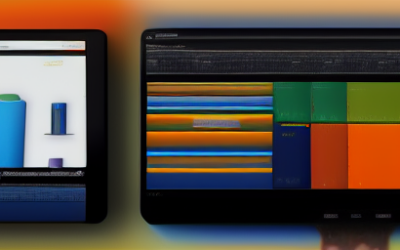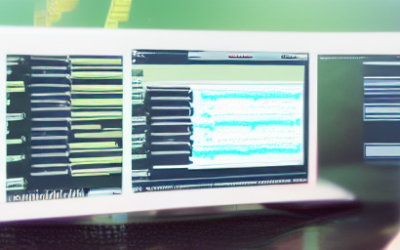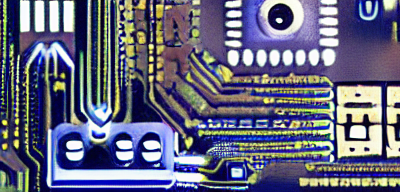Integrating software involves combining two or more software applications and making them work together. This may involve linking different systems, using an API, or using middleware. Integration allows for the creation of a single, unified system that can access data from multiple sources and perform tasks that would normally require multiple systems.
Tech Blog
Tech Insights, Information, and InspirationApp Integration
App integration is the process of connecting two or more applications together to allow them to exchange data and work together. This process enables users to combine the different functionalities of different apps, allowing them to create a more efficient and powerful workflow. Integration also allows users to access information from multiple sources in one place, eliminating the need to switch between multiple applications.
Types of Software Integration
There are several different types of software integration, each of which has its own benefits and complexities. The most common types include application integration, data integration, system integration, and process integration.
Zapier Pipedrive Integration
The Zapier Pipedrive Integration is a powerful combination of two of the best automation and productivity platforms available. With Zapier, users can connect Pipedrive and hundreds of other apps and services, creating powerful workflows that save time and increase efficiency.
Integration Platform as a Service (iPaaS)
IPaas (Integration Platform as a Service) is a cloud-based platform that provides a complete set of tools and services for developers to easily build, deploy, and manage integrations between disparate systems. It offers a wide range of capabilities such as data integration, application integration, process integration, and API management. IPaas also provides a unified platform to manage all your integrations in a single place.
Prioritizing Technology: What IT Projects to Focus On
IT projects that should be prioritized vary depending on the specific needs and goals of the organization; there are some common projects that may be beneficial for many businesses to prioritize.
Advantages of Software Integration
Integrated software combines two or more separate programs into a single program. This type of software is typically used in order to make it easier for users to access all of the features and functions that they need in one place.
Splunk ServiceNow Integration
Integrate Splunk, a tool for monitoring and analyzing data with ServiceNow, a cloud-based IT management solution. Let UTD integrate your Splunk and ServiceNow processes. contact us about your ServiceNow | SPLUNK Integration, today! SPLUNK | SERVICENOW...
ServiceNow Jira Integration
Integrate ServiceNow, a cloud-based IT management solution and Jira, a bug tracking, issue tracking, and project management software. Let UTD integrate your Salesforce and Zendesk processes. contact us about your ServiceNow | Jira Integration, today! SERVICENOW | JIRA...
Salesforce | Zendesk Integration
Integrate Salesforce, a CRM software designed for sales, customer service, marketing, and analytics with Zendesk, cloud-based help desk management solution tools. Let UTD integrate your Salesforce and Zendesk processes. contact us about your SALESFORCE | ZENDESK...
Get In Touch
UseTech Design, LLC
TROY, MI • BLOOMFIELD HILLS, MI
Call or text +1(734) 367-4100

